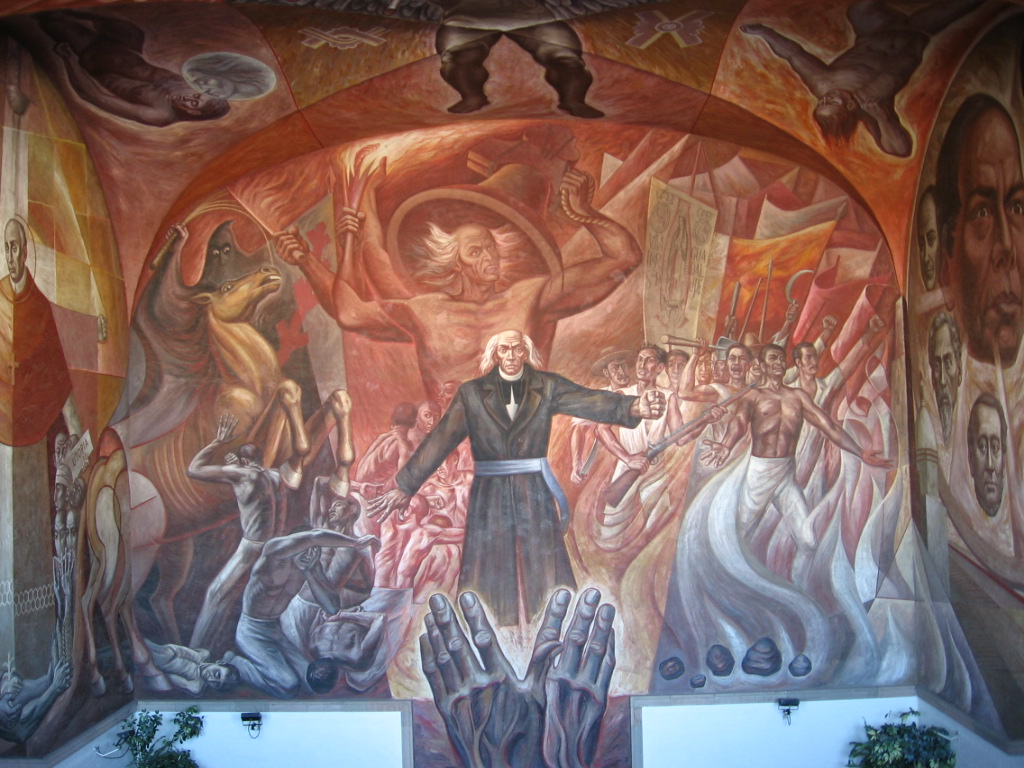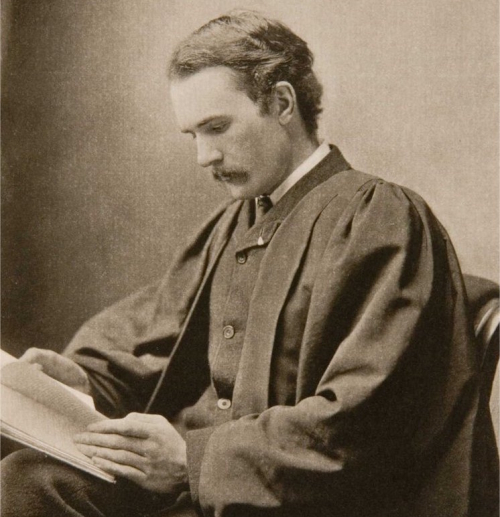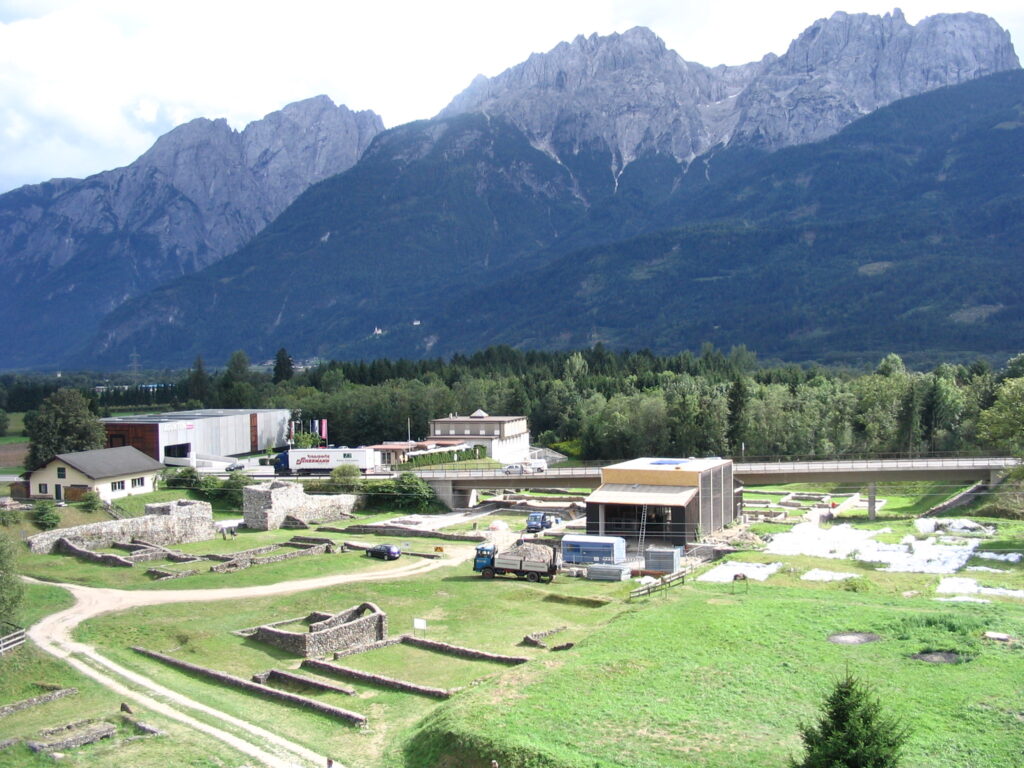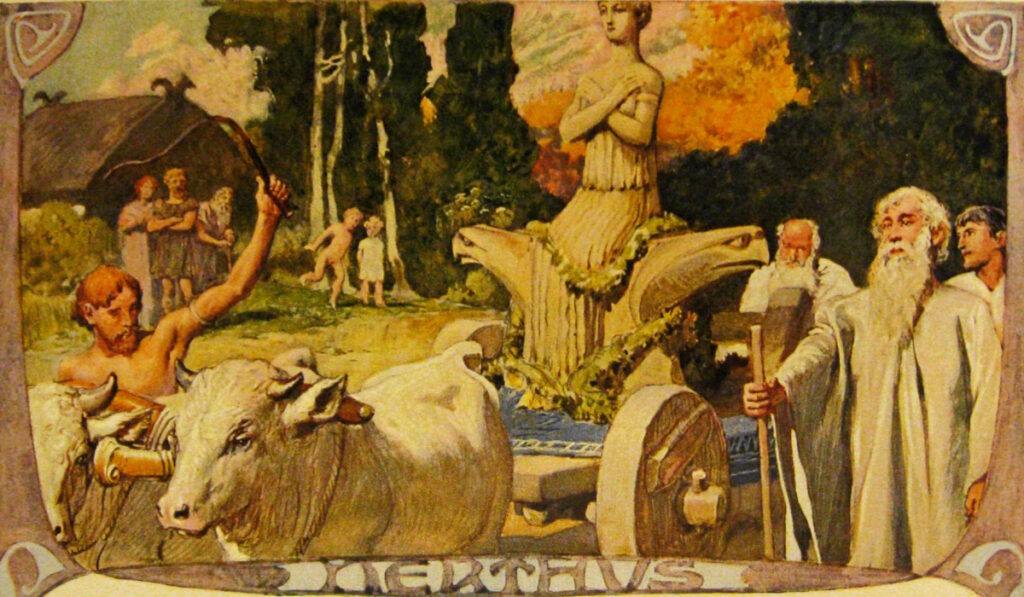Focus On: (944) Hidalgo
Name origin: Don Miguel Hidalgo y Costilla (1753-1811), a Catholic priest, leader of the Mexican War of Independence and recognized as the Father of the Nation. Due to the oppression of poor Mexicans by the Spanish colonisers, on 16th September 1810 he gave the call to arms that triggered the Mexican War of Independence, called the Cry of Dolores.
Focus On: (944) Hidalgo Read Post »










